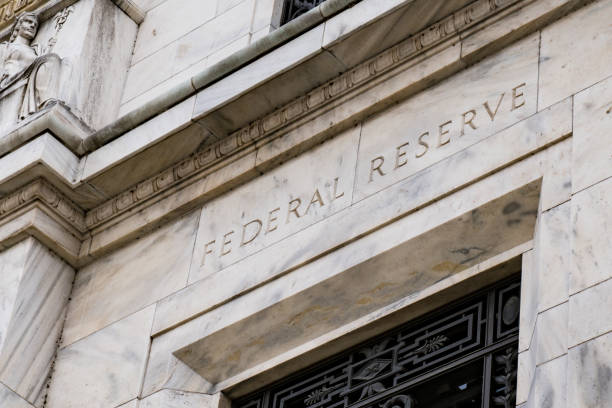After gold was dethroned in 1971, many thought its role in the global economy had come to a quiet end. With paper money now untethered from metal, and fiat currencies taking center stage, it seemed the age of gold was over. But something unexpected happened: central banks continued to hold gold—and not just out of habit.
Instead of fading into irrelevance, gold slipped into a quieter role. Behind the scenes, deep in the fortified basements of the world’s most powerful institutions, it remained—watching, waiting, and still very much part of the game.
And here’s the twist: in a world now ruled by fiat currencies, where governments can create money with the stroke of a pen, central banks have never stopped holding onto gold. In fact, in many cases, they’ve doubled down.

Why Didn’t They Let It Go?
It would’ve made sense, right? Once money was no longer tied to gold, central banks could have sold it off, reinvested in interest-bearing assets, or used the funds for modern monetary tools.
But they didn’t.
🇺🇸 The United States held tight to its 8,000+ tons of gold.
🇩🇪 Germany, 🇫🇷 France, 🇮🇹 Italy—all kept their reserves.
🇨🇳 China and 🇷🇺 Russia started buying more.
And in that decision lies a story: one of caution, memory, and the enduring weight of trust.
Because even in a system where money is based on confidence, there’s always the question—what happens when confidence breaks?
Gold: The Central Bankers’ “Just in Case”
Gold doesn’t pay interest. It doesn’t move markets. It just… sits there.
But that’s precisely the point.
In a world full of digital ledgers, complex derivatives, and ever-expanding debt, gold is the one asset that doesn’t rely on anyone’s promise. It doesn’t default. It doesn’t vanish in a stock crash. It doesn’t need a bailout.
For central banks, gold is the fire extinguisher behind glass. They hope they’ll never have to use it—but they’re glad it’s there.
When currencies collapse, when wars break out, when trust wobbles—gold holds its ground.
Gold Makes a Quiet Comeback
And something remarkable happened in the 21st century.
Central banks didn’t just hold onto their gold—they started buying more of it.
- After the 2008 financial crisis, trust in banks and currencies took a hit. Gold buying surged.
- Countries like Russia, China, Turkey, and India began adding to their stockpiles—quietly but steadily.
- And in the past few years? We’ve seen some of the highest central bank gold purchases in modern history.
The message was subtle but clear: even in a fiat world, gold still matters.
The Enduring Symbol
So why does gold still have a seat at the table?
Because it’s more than metal. It’s memory.
It’s a relic of every economic crisis, every inflation spiral, every moment when paper promises started to tear. Central banks, for all their power and tools, still understand something simple: gold is trust in its most tangible form.
It doesn’t change. It doesn’t expire. It doesn’t lie.
And in an age where value can vanish with a keystroke, that kind of permanence is worth holding onto.
